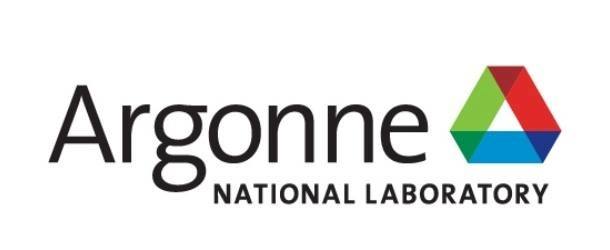Tiny magnets could hold the secret to miniaturizable quantum devices

(ArgonneLabs) Magnetic interactions could point to miniaturizable quantum devices.
In new research from the U.S. Department of Energy’s (DOE) Argonne National Laboratory, scientists have achieved efficient quantum coupling between two distant magnetic devices, which can host a certain type of magnetic excitations called magnons. These excitations happen when an electric current generates a magnetic field. Coupling allows magnons to exchange energy and information. This kind of coupling may be useful for creating new quantum information technology devices.
“This is a significant achievement,” said Argonne materials scientist Yi Li, lead author of the study. “Similar effects can also be observed between magnons and superconducting resonators, but this time we did it between two magnon resonators without direct interaction. The coupling comes from indirect interaction between the two spheres and the shared superconducting resonator.”
According to Li, because the magnetic spins are highly concentrated in the device, the study could point to miniaturizable quantum devices. “It’s possible that tiny magnets could hold the secret to new quantum computers,” he said.
The magnonic devices were fabricated at Argonne’s Center for Nanoscale Materials, a DOE Office of Science user facility.



















